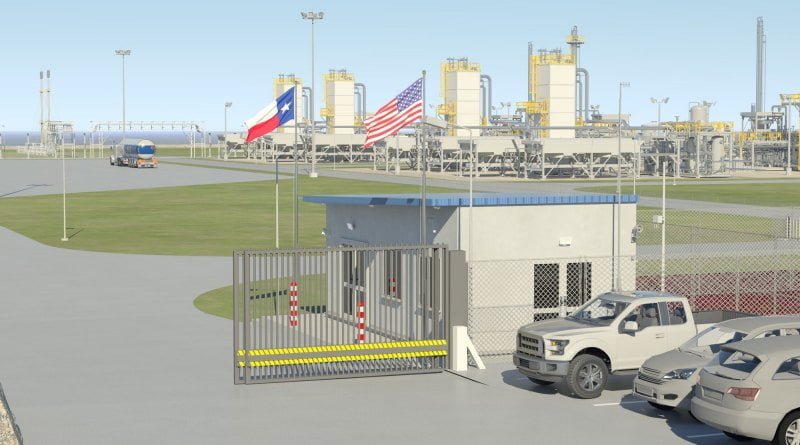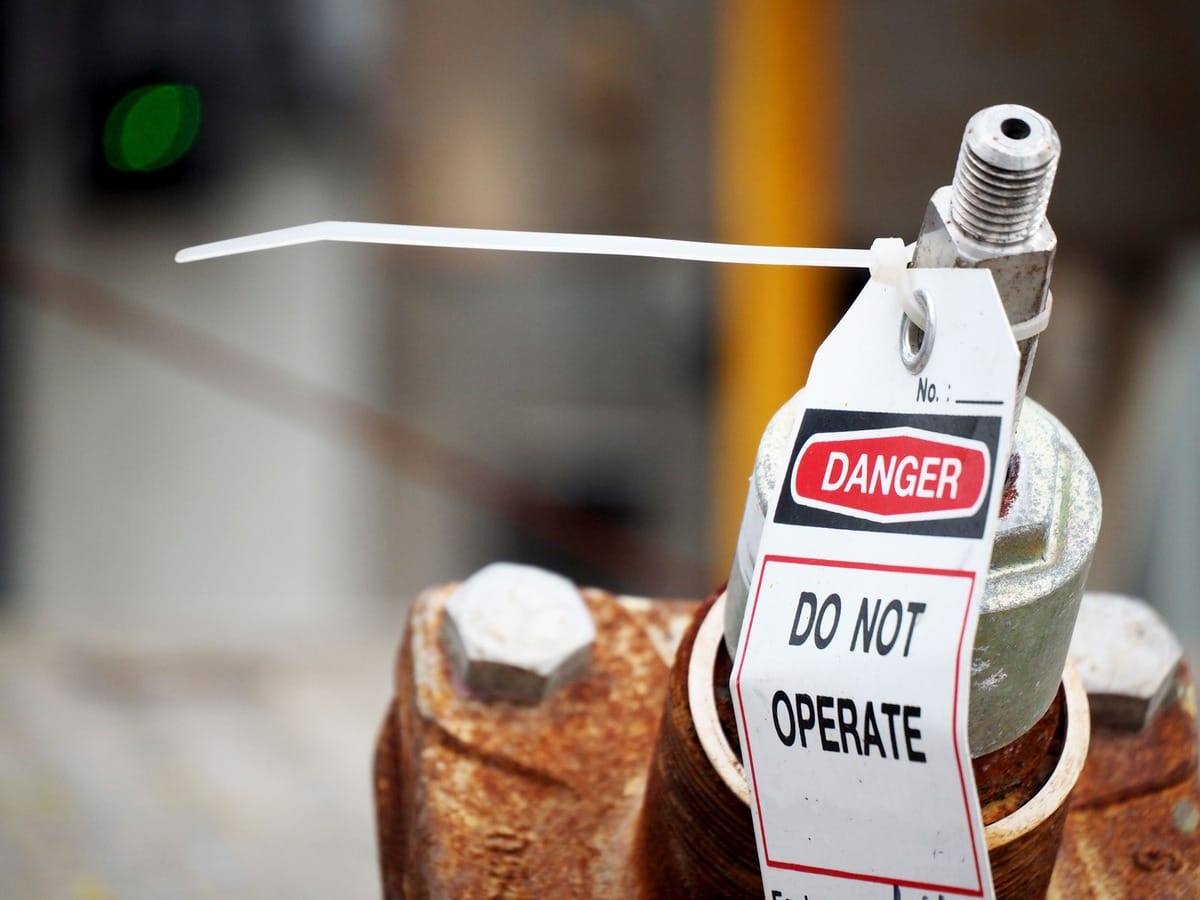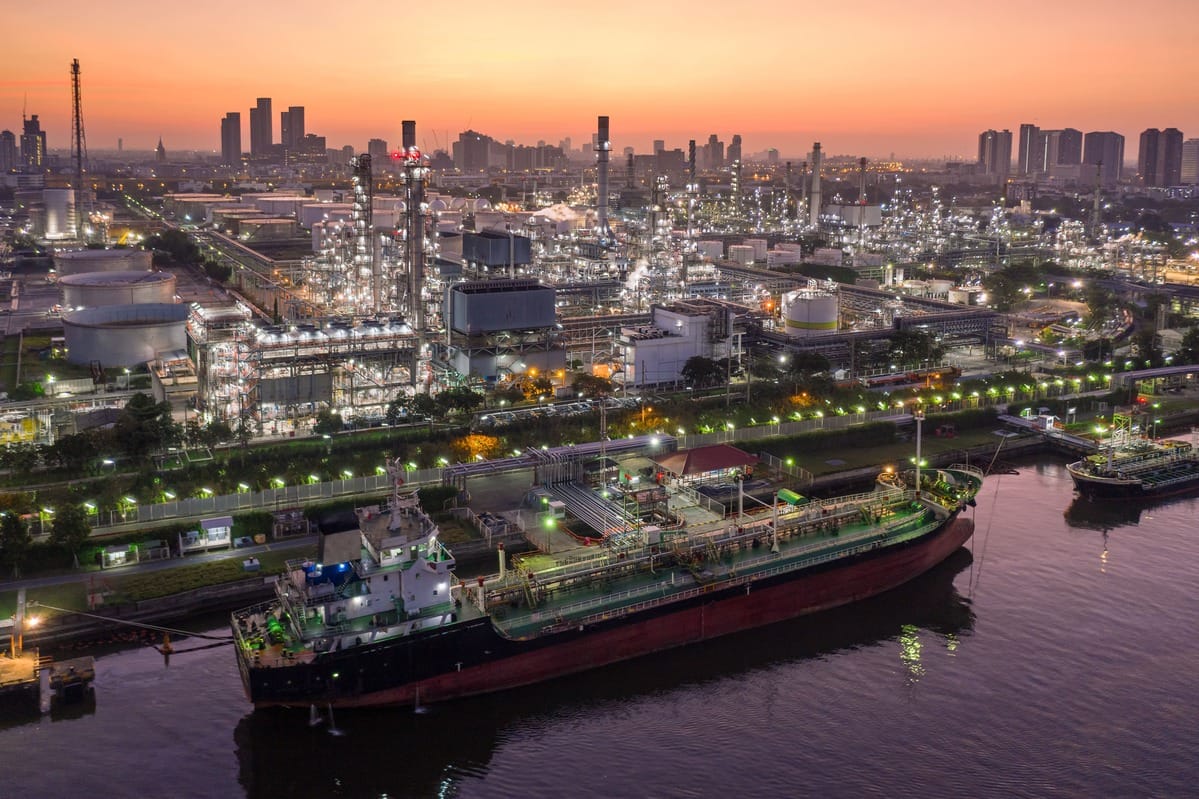Galveston LNG Bunker Port (GLBP), a pioneering project set to establish the first dedicated small-scale liquefied natural gas (LNG) facility
Galveston LNG Bunker Port (GLBP), a pioneering project set to establish the first dedicated small-scale liquefied natural gas (LNG) facility on the U.S. Gulf Coast, has achieved two significant milestones in its path toward a Final Investment Decision (FID). The project, a joint venture between Pilot LNG and Seapath Group, has received key environmental permits from the Texas Railroad Commission (Water Quality Certification) and the Texas Commission on Environmental Quality (Air Permit). These approvals bring GLBP two steps closer to its FID, marking a crucial advancement in the development of clean-energy marine fuel infrastructure in the region.
Project Timeline and Strategic Goals
Galveston LNG Bunker Port aims to secure all necessary permits by the first quarter of 2025, paving the way for construction to commence in the third quarter of the same year. The facility is expected to begin production of marine LNG fuel by 2027, supplying the growing fleet of LNG-fueled vessels operating in the Houston-Galveston region.
Strategically located on the Texas City Ship Channel within the Texas City industrial area, GLBP is poised to play a critical role in the expansion of LNG bunkering along the U.S. Gulf Coast. The facility will supply LNG via fuel barge to vessels operating in key ports, including Port Houston, the Port of Galveston, and the Port of Texas City.
Environmental and Sustainability Commitments
LNG is increasingly recognized as a cleaner alternative to traditional heavy fuel oil (HFO) and marine distillate fuels. By developing and operating this world-class facility, GLBP aims to significantly reduce the environmental impact of maritime operations in the region. The expected benefits of LNG as a marine fuel include:
- 99% reduction in sulfur oxides (SOx)
- 96% reduction in particulate matter (PM)
- 90% reduction in nitrogen oxides (NOx)
- 25-30% reduction in greenhouse gas (GHG) emissions
These figures highlight LNG’s role in improving air quality and advancing decarbonization efforts in the shipping industry.
Industry-Leading Technology and Best Practices
GLBP is committed to upholding the highest standards of health, safety, and environmental protection. The facility will be developed using industry-leading proven technology, high-quality materials, and best practices to ensure operational excellence and environmental responsibility. The project will also focus on proactive community outreach and engagement, reinforcing its commitment to being a responsible and collaborative neighbor.
Growing Demand for LNG Bunkering in the Gulf Coast
With the increasing number of LNG-powered vessels entering service, demand for LNG bunkering solutions in the U.S. Gulf Coast continues to rise. Major shipping operators and industry stakeholders are increasingly looking toward LNG as a transitional fuel to meet tightening emissions regulations and sustainability targets. The strategic location of GLBP positions it as a key enabler in supporting this shift while strengthening the region’s maritime infrastructure.
Looking Ahead
As the project advances toward its FID, the successful acquisition of environmental permits marks a pivotal achievement for GLBP. With construction set to commence in 2025 and LNG production targeted for 2027, the facility is on track to become a crucial component of the clean-energy transition in the Gulf Coast’s maritime sector.

GLBP’s progress reflects the increasing momentum behind LNG as a marine fuel and underscores the commitment of Pilot LNG and Seapath Group to delivering innovative, sustainable bunkering solutions. As further milestones are reached, the project is expected to play a leading role in shaping the future of LNG bunkering in North America.
About Galveston LNG Bunker Port
The Galveston LNG Bunker Port (GLBP) project is spearheaded by Pilot LNG, supported by its financial partner, Seapath Group, a subsidiary of the Libra Group. Situated on Shoal Point in Galveston County, Texas, part of the Houston-Galveston port complex, GLBP is set to meet the increasing demand for clean-burning LNG as a marine fuel. The terminal, expected to commence operations in late 2026, will be well-positioned to serve the burgeoning fuel and bunker markets in the Galveston Bay Port complex and beyond.
Source Galveston LNG Bunker Port
Content Original Link:
" target="_blank">


























































